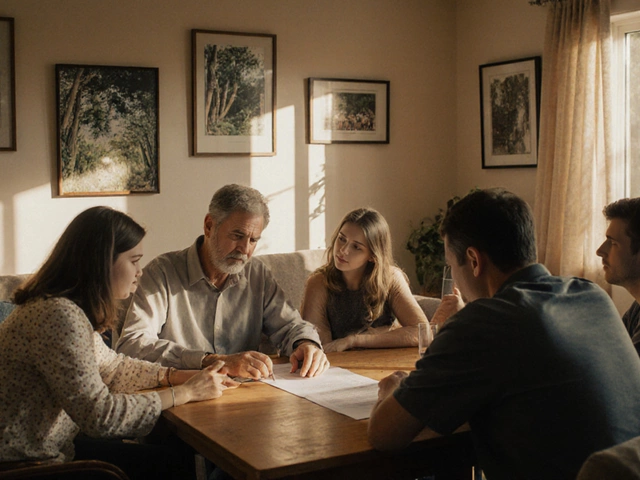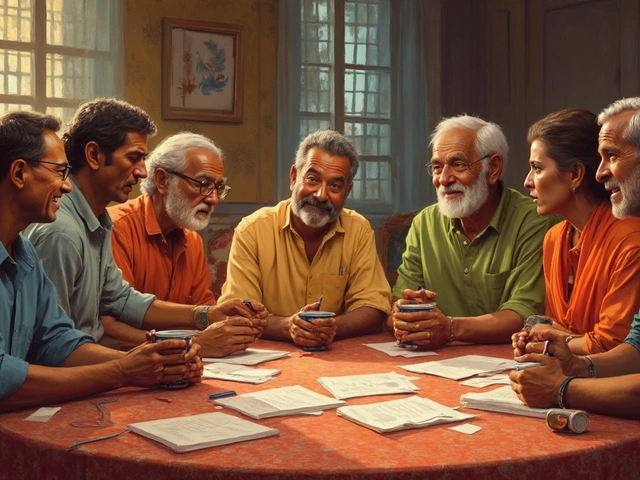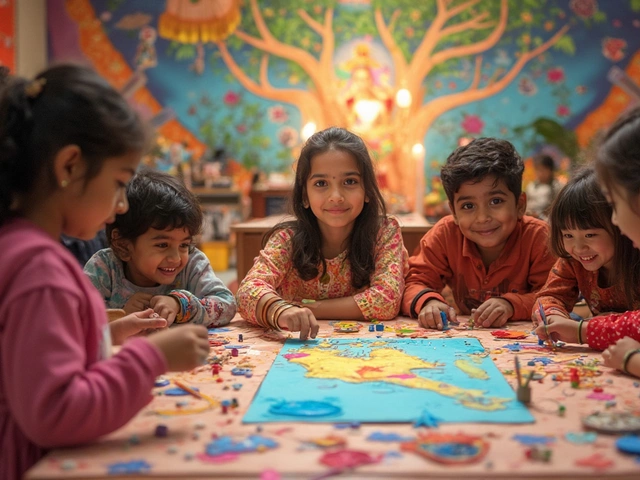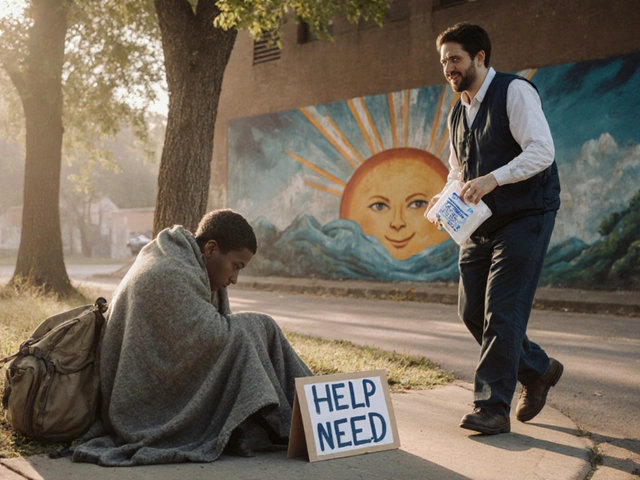When it comes to after-school clubs, one question looms large for many parents: what size club is best for my 13-year-old? Your child's age is a pivotal point in their lives; friends are becoming more important, and they're developing varied interests. So, picking the right club size can make all the difference.
You see, club size impacts the dynamics of how your teen will interact with peers and instructors. Smaller clubs—think a dozen participants or less—might offer a more personalized touch. Your child can get more one-on-one interaction, fostering stronger relationships with peers and mentors. On the flip side, larger clubs, with say 20-30 members, can provide wider social circles, exposing your child to a broad range of personalities and ideas.
But, before you jump to conclusions, consider your teen's personality. An outgoing child might thrive in bigger groups, while a quieter kid could feel lost in the crowd but shine in a cozy setting. So, keep these nuances in mind.
- Understanding Club Size Types
- Why Size Matters for Teens
- Finding the Right Fit
- Benefits and Considerations
Understanding Club Size Types
After-school clubs can be as diverse as the interests they cater to, and understanding the different club size types is essential. The size of the club can directly impact how much your teen will get out of the experience. Let's break it down.
Small Clubs
Typically, small clubs have around 10-15 members. These are ideal for teens craving deeper connections and personalized attention. Small-size clubs often focus on specific interests, like chess or drama, allowing kids to dive deep into their passions. In a setting this intimate, friendships can build quickly, and it's easier for everyone to contribute, ensuring every voice is heard.
Medium Clubs
With 15-25 members, medium clubs strike a balance between intimacy and diversity. They offer enough variety in people to keep things interesting but aren't so large that anyone feels overlooked. Activities might include sports like basketball or volleyball, where teamwork is essential but still manageable.
Large Clubs
Large clubs, hosting 25 or more members, are bustling with energy and possibilities. These are perfect for outgoing teens who love meeting new people. Clubs focusing on broad activities, such as debate teams or music bands, could fall into this category. They give kids a chance to assert themselves in bigger crowds and learn to operate in diverse environments.
So, which size stands out for your teen? Consider their comfort zone, whether they thrive in smaller circles or bigger groups. It's about finding where they'll be most engaged and happy. Each type of club offers something unique, so understanding their format helps tailor the experience to fit your teen's needs.
Why Size Matters for Teens
The size of an after-school club really does matter for teens. It's not just a numbers game; it's about how those numbers affect learning and engagement. Think about it like this: the number of kids in the room can change how activities are done, how much help your teen gets, and how they feel about being there.
Social Interaction
In smaller after-school clubs, your teen might feel more at ease, making it easier to interact and share ideas. They can also form tighter bonds with other club members, plus the instructor has a better chance to get to know each participant. This can be a big deal for a 13-year-old finding their footing in social circles.
Personal Attention
In clubs with fewer members, instructors can give more personalized feedback and support. It's like having a tutor versus being one in a huge classroom. For teens trying new things—say coding or cooking—getting that dedicated guidance can boost their skills and confidence.
Broader Horizons
On the flip side, larger clubs introduce your teen to a more varied group of peers. This is a chance to mix with different backgrounds and viewpoints, helping them grow comfortable in diverse settings. Plus, they might come across ideas and interests they wouldn't find in a smaller setting.
Practical Example
Here's a quick comparison to illustrate these points:
| Club Size | Pros | Cons |
|---|---|---|
| Small (less than 12) | Personalized attention, better peer bonding | Limited social circle |
| Large (20-30 members) | Wide range of perspectives, enhanced social network | Less individual focus |
Before deciding, it's key to weigh these factors against your teen's interests, personality, and what they want to achieve from a club. Some kids might thrive in intimate settings, while others might enjoy the energy of a larger group. Understanding your child's unique needs is the first step in finding the perfect club size, setting them up for success and satisfaction.
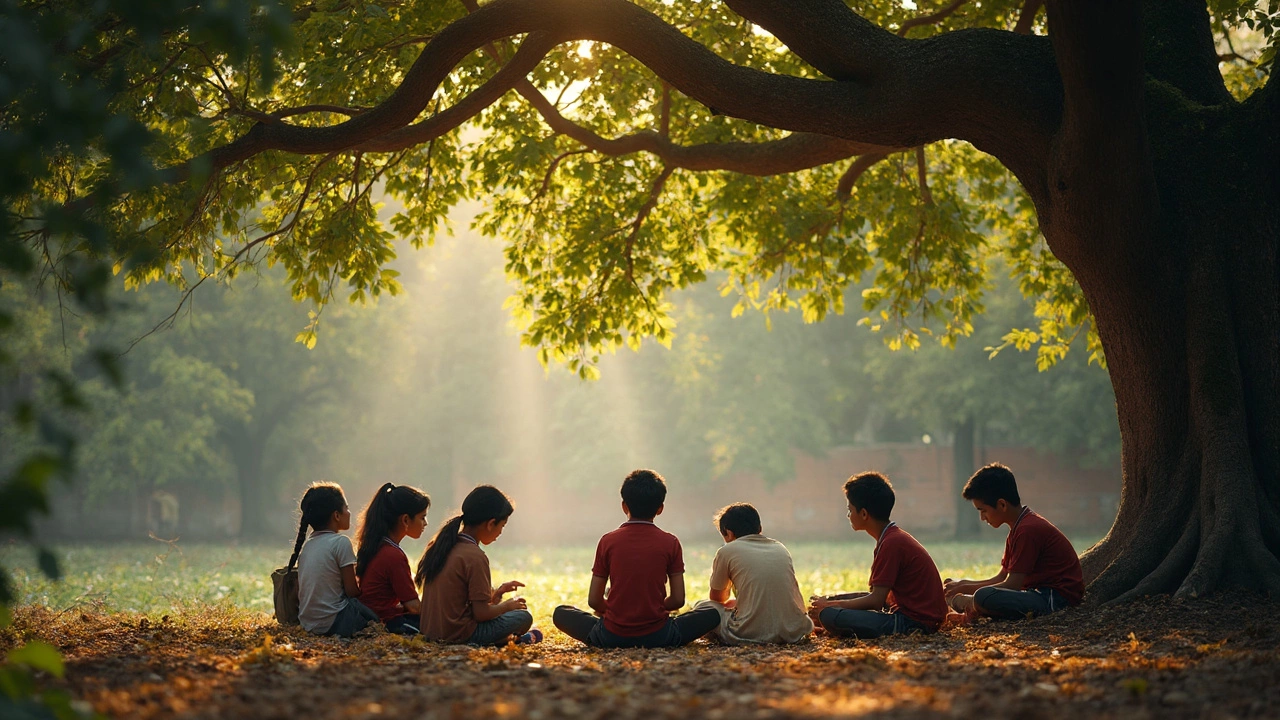
Finding the Right Fit
Figuring out the ideal after-school club size for teens isn’t everything, but it definitely plays a role in how beneficial the club can be for them. It’s not just about how many kids are in a room, but how those numbers affect the experience.
The Influences of Personality
Your child's personality is a significant factor. If they’re more introverted, they might click with smaller groups where the interaction feels more personal. But if your teen is outgoing and enjoys bustling environments, a larger after-school club might keep them engaged and happy.
Interests and Goals Matter
Another part of finding the right fit is matching the club's focus with your child's interests. Whether it's sports, arts, tech, or science, ensure that the club not only fits your child’s size preference but also aligns with their passions. This alignment will keep them motivated and excited.
Practical Tips
- Visit potential after-school clubs and observe group dynamics. How do kids interact with the club leader? Is there enthusiasm and energy?
- Speak to the club facilitator about their experiences with different group sizes. They often have insights into what works best for particular activities.
- Gauge your child’s feedback after trial sessions. Sometimes first-hand experience is the best guide to finding the right club fit.
Fun fact, according to a recent study conducted by the National Association of After-School Programs, kids in clubs where they felt the activities aligned with their interests reported a 40% increase in school-life satisfaction.
Ultimately, the right club should feel like a second home where your child's curiosity can roam free. So take some time to explore different clubs and see where they can find their spark!
Benefits and Considerations
When choosing the right after-school club size for your 13-year-old, there are some key benefits and considerations to keep in mind. Let’s break it down so you can make the best decision for your teen.
Benefits of Smaller Clubs
A small club setting can mean a great deal of personal attention. In a group of fewer participants, say around 10-12, each member often gets more opportunities to actively contribute. This environment is perfect for teens who thrive on close interaction and benefit from direct feedback.
Smaller clubs often boast a tight-knit community feel. They can foster deep friendships as kids interact closely. It gives shy or introverted kids a comfy space to express themselves and gain confidence among familiar faces.
Advantages of Larger Clubs
Enrolling your child in a larger after-school club, maybe 20-30 kids, can widen their social circle significantly. It's like a mini ecosystem where they learn to cooperate with different folks, which is excellent for building social skills.
Larger clubs definitely have their charm by offering a variety of perspectives. They tend to have more diverse activities and resources, allowing teens to explore a broader range of interests in one place.
Key Considerations
Knowing the needs and nature of your child is crucial. Outgoing and resilient kids might find a larger after-school club dynamic exciting, while quieter children could prefer the familiarity of a smaller group.
Also, consider the infrastructure and supervision provided by the club. Think about whether the staff-to-child ratio is manageable and whether your child will receive enough attention and care.
| Club Size | Benefits | Considerations |
|---|---|---|
| Small (10-12 kids) | Personal attention, close bonds | Limited activities, less diversity |
| Large (20-30 kids) | Diverse activities, wide social network | Less individual focus, potential for overwhelmed introverts |
Remember, there’s no one-size-fits-all when it comes to after-school clubs for teens. Consider your teen's personality, interests, and how much they’ll benefit from the type of interaction different club sizes offer.

